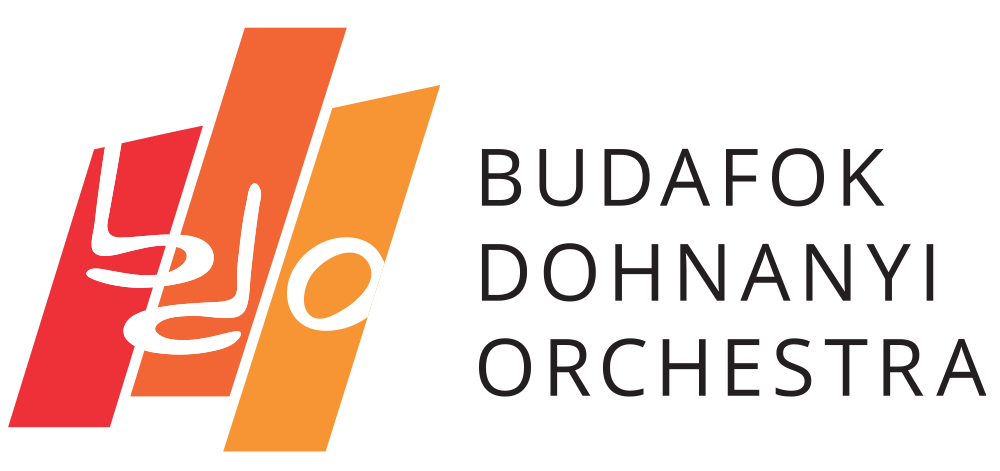This time, BDO’s concert will be directed by its First Guest Conductor Guido Mancusi, and the first piece to be played is his own. This is what the composer has to say about Tonspiele: “I wrote a piece in which I intended to plant thoughts into music. There is one dominant motif making appearances in different forms. At the same time, Tonspiele is a confession dedicated to the form, appearance and development of different themes and musical thoughts, reaching its denouement in the past part of the piece.”
Tchaikovsky composed his Violin Concerto in the spring of 1878 and dedicated it to his good friend, Lipót Auer. Auer found certain instants of the violin part inadequate for the instrument and would have liked to implement some changes in it, but did not have the time to do so. So the première, originally scheduled for March 1789 was cancelled and rumours quickly spread about Tchaikovsky’s violin concerto being impossible to play… In the end a violinist of Russian origin, Adolf Brodsky was the one to play the solo in 1881 in Vienna, directed by János Richter.
A curious fact about the first movement of this piece is that the long and virtuosic cadence of the solo part is not played at the very end but at two thirds of the full length, also as a re-introduction of the main theme. The movement labelled as “Canzonetta” starts by the colourful sound of the wind instruments which lead on to the finale without any pause where the complete range of techniques of 19th century violin play is demonstrated, and with a light rondo theme and pipes accompanying, a highly impressive resonance is created through a rustic episode.
In line with the juvenile momentum of the “Spring” Symphony, it took Schumann just four days to complete the outline of his work and a month later the entire score was finished. Schumann himself chose the title for his symphony, inspired by the last line of Adolf Böttger’s poem: “Im Thale blüht der Frühling auf!” (Spring is blooming in the valley!). This work indeed sings the joyful arrival of spring – just as it was born while waiting for spring, written in the months of January and February. Originally, Schumann gave each movement a separate title (“Frühlingsbeginn” /Beginning of Spring/ – “Abend” /Evening/ – “Frohe Gespielen” /Happy Play/ – “Voller Frühling” /Full Spring/), yet, Symphony No. 1 cannot be taken as a work of programme music: “I had no intention of depicting or painting,” writes the author in a letter of his.

